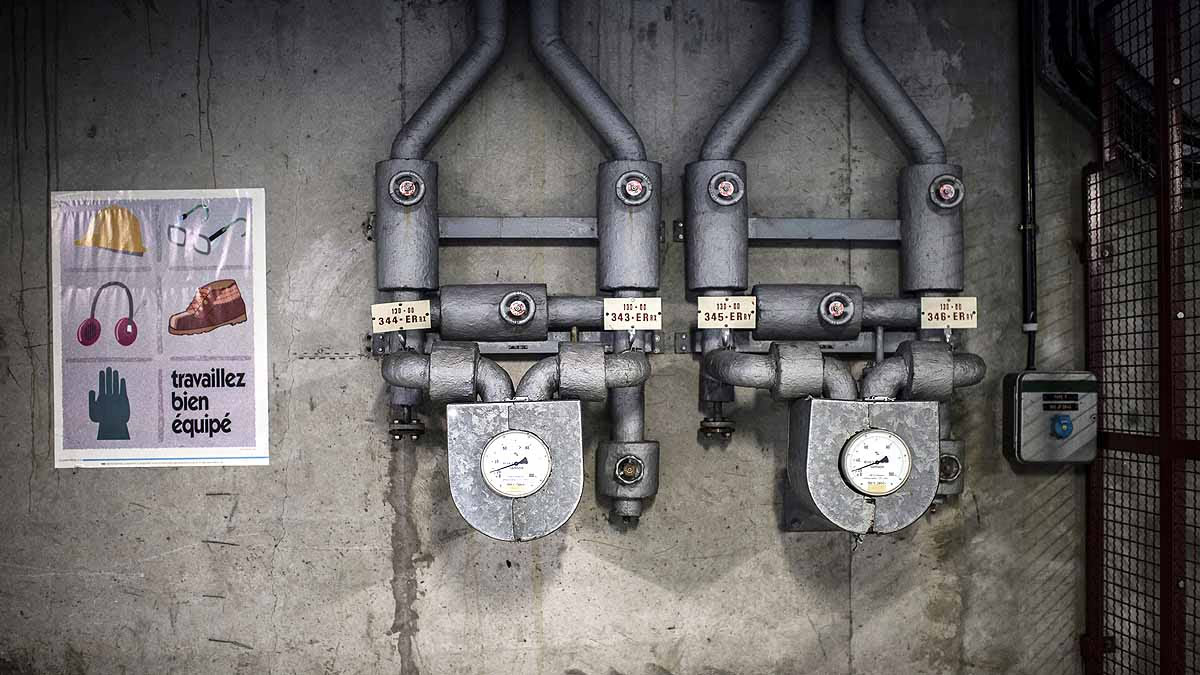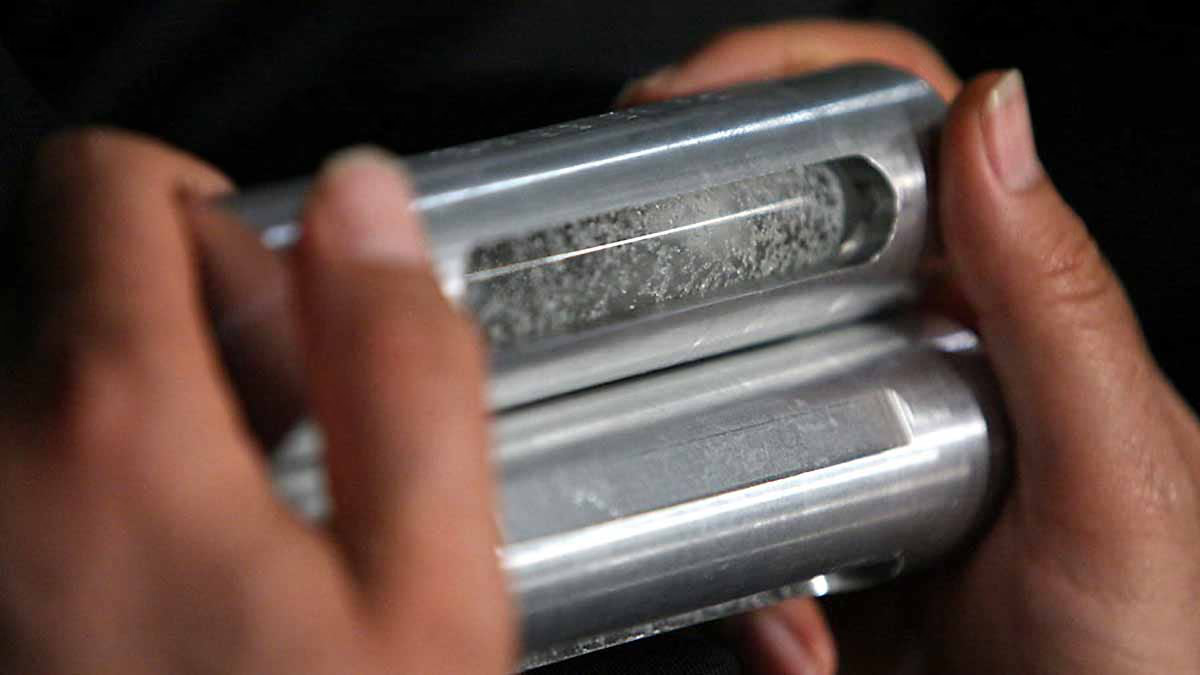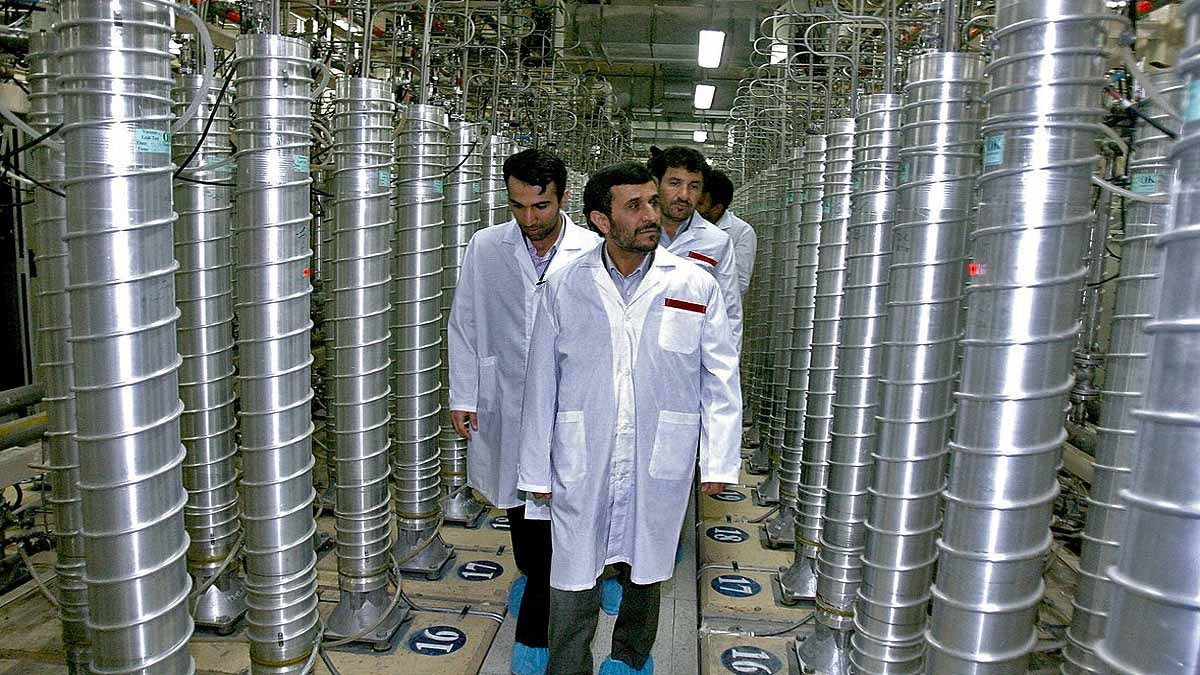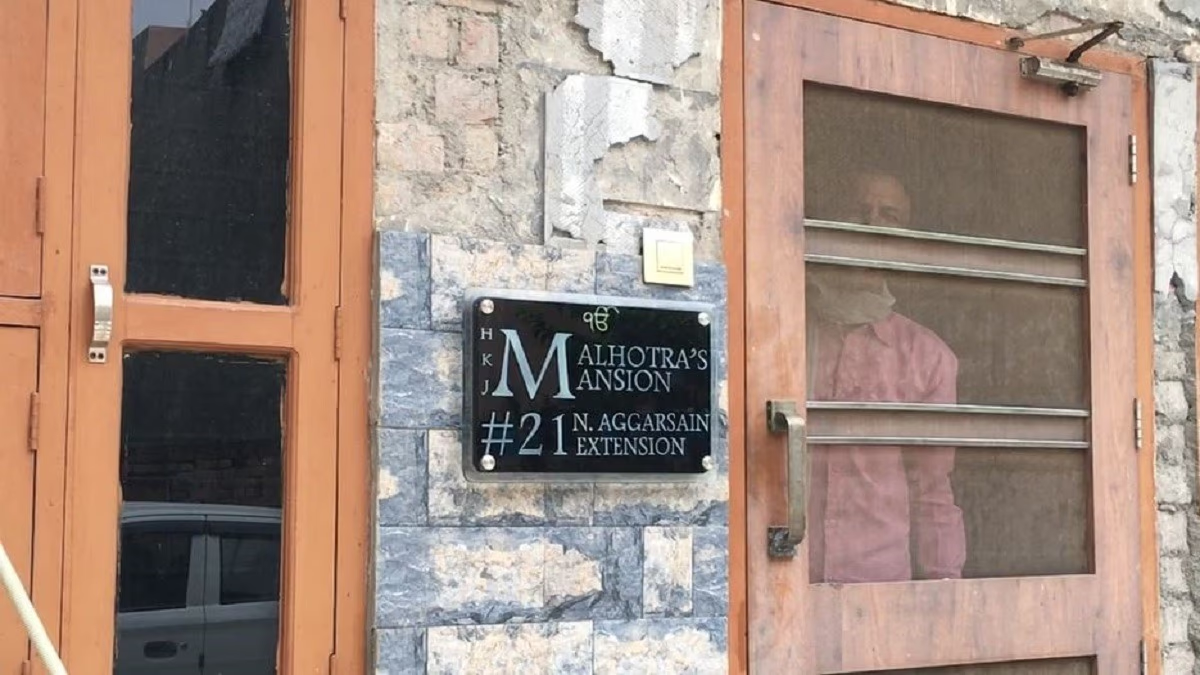Uranium enrichment is a process that prepares uranium for nuclear energy or weapon production. Countries like Argentina, Brazil, Japan, and the Netherlands use this process for peaceful purposes like electricity generation. So, why is Iran’s uranium enrichment program under global scrutiny, while other countries’ programs are not subject to the same uproar?
What is Uranium Enrichment?
Uranium enrichment increases the concentration of Uranium-235 (U-235). Natural uranium contains only 0.7% U-235, enhanced using centrifuge machines.
Peaceful Use: 3-5% enrichment is enough for nuclear reactors for power generation.
Weapons Use: 90% enrichment is needed for nuclear weapons, termed weapon-grade uranium.
Countries like Argentina, Brazil, Japan, and the Netherlands limit their enrichment to peaceful uses and adhere to international regulations. But Iran’s program is contentious for several reasons.
What is the JDAM Weapon that America Will Provide to Israel in the ₹4300 Crore Arms Deal?
Reasons Behind Controversy Over Iran’s Uranium Enrichment
1. High Level of Enrichment
Recently, Iran enriched uranium to 60%, well above the necessary level for peaceful use (3-5%). According to the International Atomic Energy Agency (IAEA), such high enrichment is seen only in countries capable of producing nuclear weapons.

Source: aajtak
Comparison:
In contrast, countries like Argentina, Brazil, Japan, and the Netherlands keep uranium enrichment below 5%, sufficient for nuclear reactors, and focus solely on peaceful purposes under IAEA oversight.
Iran’s Position:
With 60% enrichment, Iran could produce weapon-grade uranium (90%) within weeks. The IAEA estimates Iran possesses over 400 kilograms of 60% enriched uranium, sufficient for about 10 nuclear bombs.
2. Secret Activities and NPT Violations
Iran has repeatedly kept its nuclear program secret, eroding trust in the international community.
AMAD Project:
Until 2003, Iran covertly worked on nuclear weapons under the AMAD project, which was illegal.
Undeclared Facilities:
In 2009, the disclosure of the Fordow enrichment facility came only after Western intelligence revealed it. According to the IAEA, Iran should have declared such facilities beforehand.
Lack of IAEA Cooperation:
Iran has denied IAEA inspectors access to its nuclear sites multiple times. In 2025, for the first time in 20 years, the IAEA found Iran guilty of not honoring its nuclear obligations.
Comparison:
Argentina, Brazil, Japan, and the Netherlands fully cooperate with IAEA directives and abide by the Non-Proliferation Treaty (NPT), without clandestine nuclear weapons programs.
Iran Concealed 400 KG of Uranium... Find Out How Many Nuclear Bombs Can Be Made from It
3. Regional and Geopolitical Tensions
Iran's strained relationships with Israel, Saudi Arabia, and the US in the Middle East intensify the nuclear program's controversy.
Anti-Israel Rhetoric:
Remarks by some Iranian leaders about destroying Israel raise fears of Iran pursuing nuclear ambitions for military purposes.
Regional Threat:
Israel, believed to be nuclear-armed, views Iran’s nuclear program as a threat. In 2025, Israel and America launched strikes on Iran's nuclear sites, including Natanz and Fordow.
Terrorism Support:
Western countries accuse Iran of supporting groups like Hamas and Hezbollah, further casting doubt on its nuclear program.
Comparison:
Argentina, Brazil, Japan, and the Netherlands do not engage in similar diplomatic tensions or pose threats to regional or global stability.

Source: aajtak
4. Illegal Acquisition of Technology
Iran procured technology for its nuclear program through illicit means.
A.Q. Khan Network:
Covert purchases of centrifuge technology from Pakistan’s A.Q. Khan network and German companies violated the NPT.
Comparison:
Countries like Japan, the Netherlands, and Germany develop technology transparently and legally. Argentina and Brazil also develop under international regulations.
5. Breach of JCPOA and Sanctions
In 2015, Iran agreed with world powers (P5+1: the US, UK, France, Russia, China, Germany) on the Joint Comprehensive Plan of Action (JCPOA), promising to limit its nuclear program and allow IAEA oversight in exchange for lifting economic sanctions.
US Withdrawal:
In 2018, the US exited JCPOA and reimposed sanctions on Iran. In response, since 2019, Iran began violating the agreement terms by massively increasing its uranium stockpile and enriching up to 60%.
Comparison:
Other nations, like Japan and the Netherlands, fully comply with the NPT and IAEA rules and do not breach international agreements.
US Didn’t Just Drop Bombs on Iranian Sites... Also Launched 30 Tomahawk Missiles from a Submarine
6. Historical and Cultural Reasons
For Iran, the nuclear program symbolizes national pride and independence. Iranian leaders argue that uranium enrichment is their right due to past suppression by colonial powers.
National Identity:
Iran views nuclear technology as a means to power regional dominance, a view that clashes with Western perspectives, which sees it as a military ambition.
Comparison:
Countries like Japan and the Netherlands focus on nuclear programs only for energy production and do not link them to national pride.
Comparison with Other Countries
Argentina and Brazil: These South American countries maintain transparency in their nuclear programs, operating under IAEA supervision with no military nuclear history.
Japan: Affected by nuclear weapons in history, Japan focuses solely on peaceful nuclear energy, adhering to NPT and fully cooperating with IAEA.
Netherlands: Its enrichment program operates transparently under URENCO, an international group.
International Pressure on Iran
Sanctions:
Iran faces severe economic sanctions from the United Nations and the US affecting its economy. Other countries do not face such sanctions.
Military Strikes:
In 2025, Israel and the US attacked Iran’s nuclear sites (Natanz, Fordow, Isfahan), perceiving them as threats.
IAEA Stringency:
The IAEA frequently warns Iran to comply with nuclear obligations, an appeal Iran contests.




